Embarking on a journey through history and culture unveils the stories of our past and the diversity of our world. In this article, we explore seven locations renowned for their rich history and cultural significance. From ancient cities to historical landmarks, each place offers a unique glimpse into a different era and way of life. These destinations not only tell tales of bygone days but also continue to shape the cultural landscapes of today. Join us as we discover these remarkable places and the stories they hold.
Machu Picchu, Peru

Perched high in the Andes, Machu Picchu is a marvel of engineering and a testament to the Incan Empire’s grandeur. Its intricate stone structures and terraces demonstrate advanced architectural skills.
Transported back to the 15th century, visitors can wander through the ruins and imagine a bustling city once filled with Incan citizens. However, it’s the surrounding landscape that often steals the show, with its mist-shrouded peaks and lush greenery.
Did you know? Despite being one of the most well-known archaeological sites, Machu Picchu was unknown to the outside world until 1911.
Pyramids of Giza, Egypt
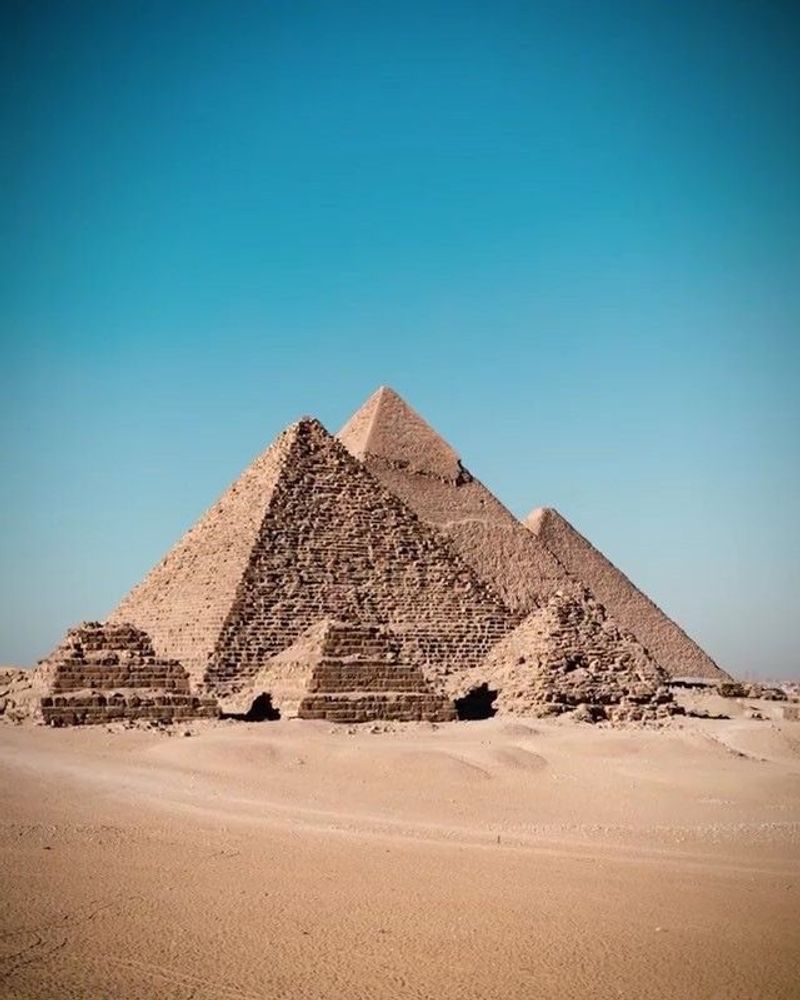
The Pyramids of Giza stand as a timeless symbol of ancient Egyptian civilization. These monumental structures, built as tombs for pharaohs, have intrigued historians and tourists alike for centuries.
Their sheer size and precision in construction reflect the remarkable capabilities of the ancient Egyptians. The Sphinx, with its lion’s body and human head, guards these iconic pyramids, adding to their allure.
Interestingly, these pyramids were originally clad in white limestone, which shimmered in the sun. This gleaming appearance is the origin of their ancient name, ‘Ikhet’, meaning ‘Glorious Light’.
Angkor Wat, Cambodia

Angkor Wat, a sprawling temple complex in Cambodia, is a masterpiece of Khmer architecture. Originally dedicated to the Hindu god Vishnu, it later became a Buddhist temple, reflecting the region’s religious evolution.
Its vast corridors, adorned with intricate bas-reliefs, narrate epic tales and historical events. The central tower, rising majestically, symbolizes Mount Meru, the center of the universe in Hindu and Buddhist cosmology.
A fun fact: Angkor Wat is the largest religious monument in the world, spanning over 162 hectares. Its grandeur and scale are truly a sight to behold.
Colosseum, Italy
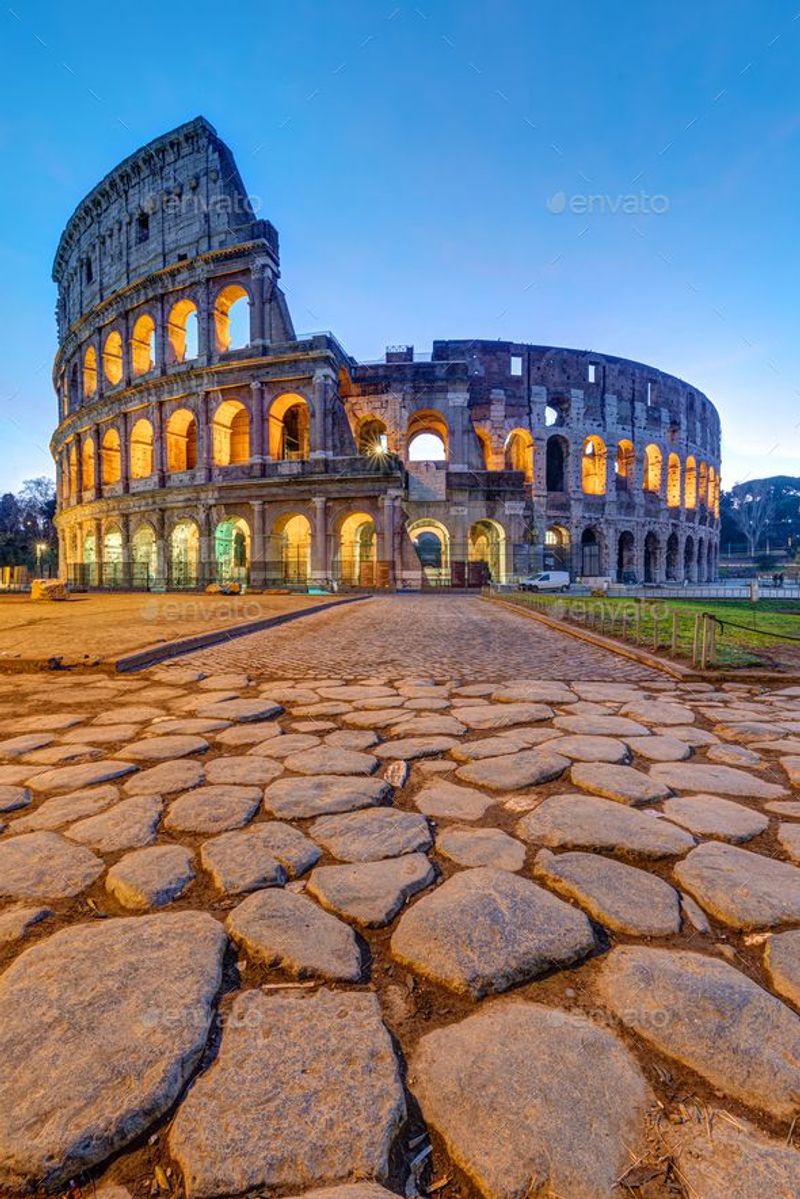
The Colosseum, an iconic symbol of Rome, stands as a testament to the architectural prowess of ancient Romans. Built to host gladiatorial contests and public spectacles, it could accommodate up to 80,000 spectators.
Its elliptical structure, with towering arches and intricate stonework, showcases the engineering brilliance of its creators. Despite the ravages of time, it remains a powerful reminder of Rome’s imperial might.
Did you know? The Colosseum’s original name was the Flavian Amphitheatre, named after the dynasty of emperors who built it. Today, it attracts millions of visitors each year.
Great Wall of China, China

Winding across mountains and valleys, the Great Wall of China is a marvel of ancient military architecture. Built to protect against invasions, it stretches over 13,000 miles, showcasing the tenacity and skill of its builders.
Each section of the wall tells a story, with varied construction styles reflecting different dynasties. The watchtowers, once filled with vigilant guards, now offer breathtaking views of the surrounding landscapes.
A curious fact: Contrary to popular belief, the Great Wall is not visible from space with the naked eye, though it remains a symbol of China’s historical fortitude.
Petra, Jordan
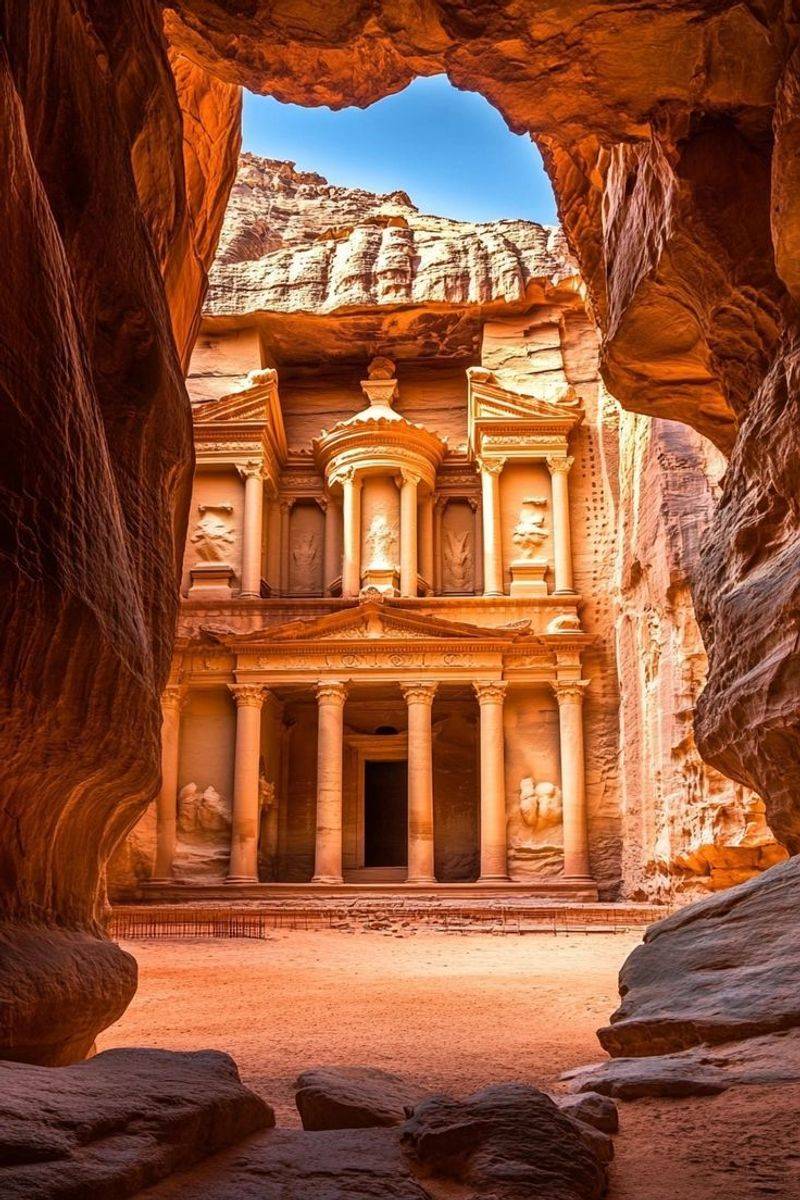
Hidden amidst the rugged mountains of southern Jordan, Petra is a city carved from rose-red rock. Known as the ‘Rose City’, its stunning facades and tombs reveal a bygone era of Nabataean prosperity.
The Treasury, with its ornate columns and detailed carvings, is the most iconic structure, captivating visitors with its mysterious allure. Walking through the Siq, a narrow canyon, enhances the sense of discovery.
Fun fact: Petra was a major trading hub in ancient times, connecting the Silk Road with Arabian trade routes. It’s now a UNESCO World Heritage Site.
Stonehenge, England
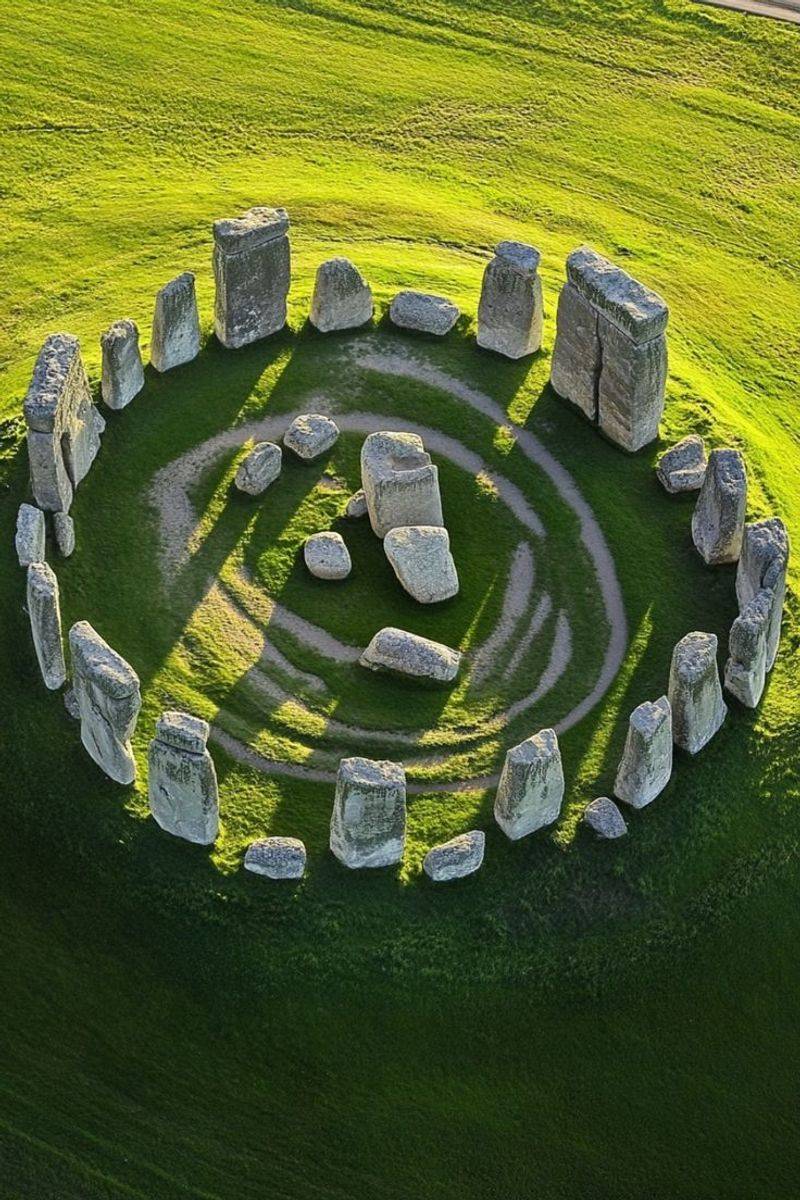
Stonehenge, a prehistoric monument in England, continues to baffle archaeologists and visitors. Comprising massive stones arranged in a circular layout, its purpose remains a mystery.
Constructed over 4,000 years ago, it aligns with the solstices, suggesting astronomical significance. The effort to transport and position these stones speaks to the ingenuity of its builders.
Intriguing tidbit: The stones are believed to have originated from a quarry over 150 miles away in Wales. Stonehenge’s enigmatic aura makes it a focal point for both historical and mystical exploration.

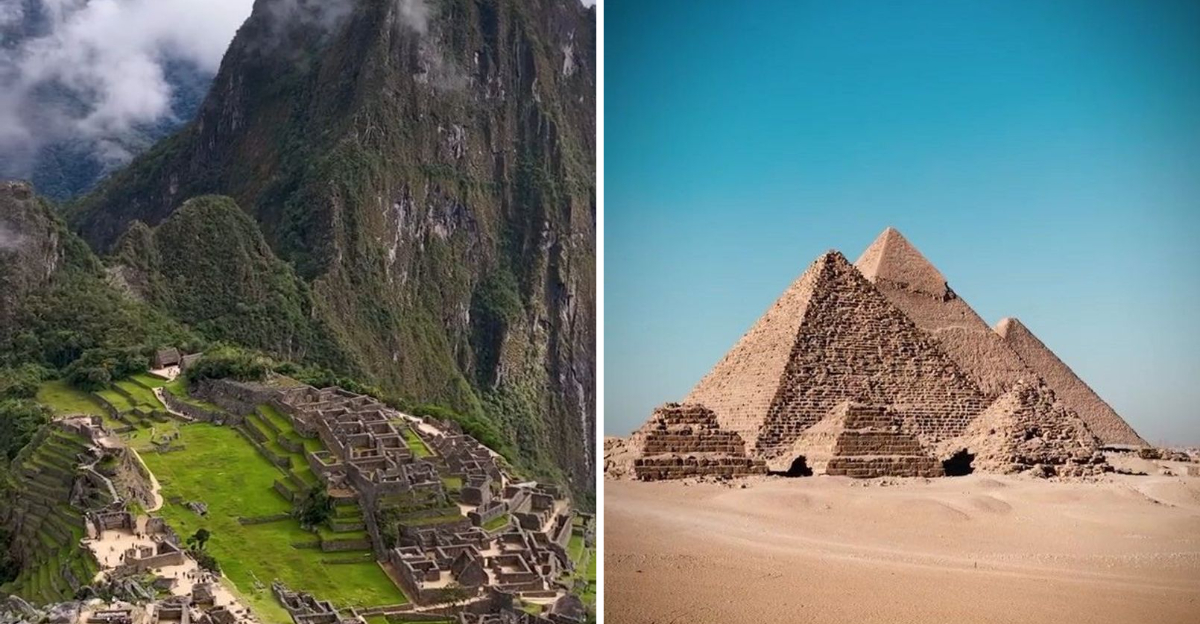
Leave a Reply